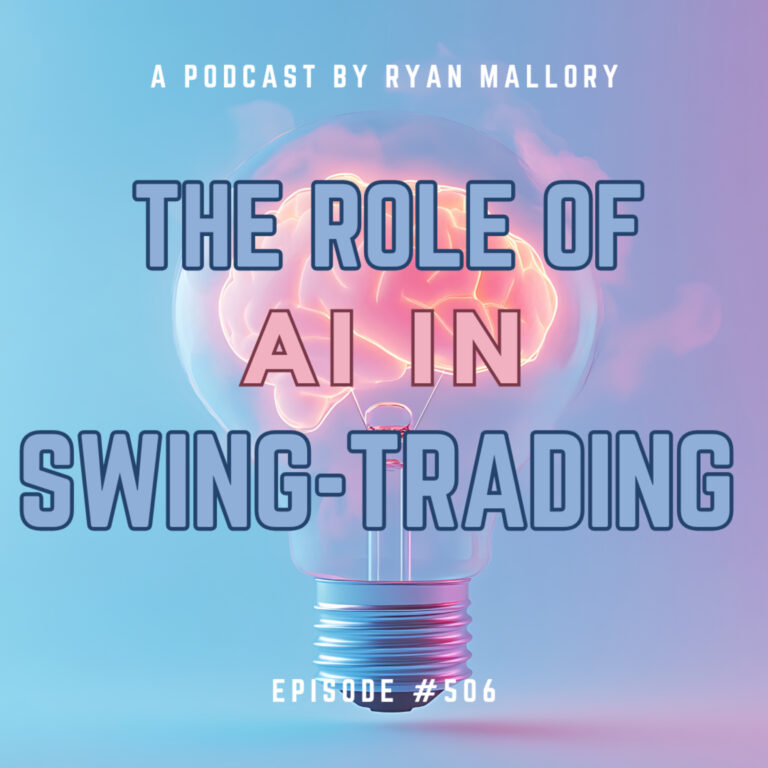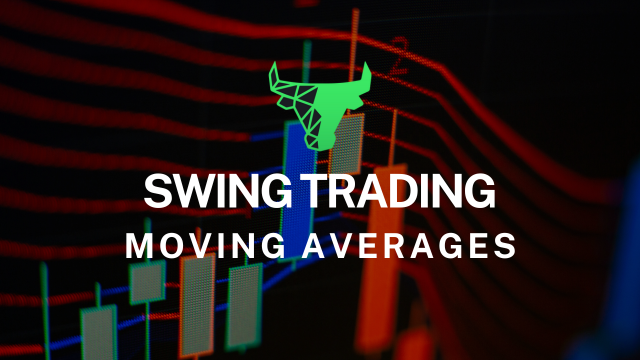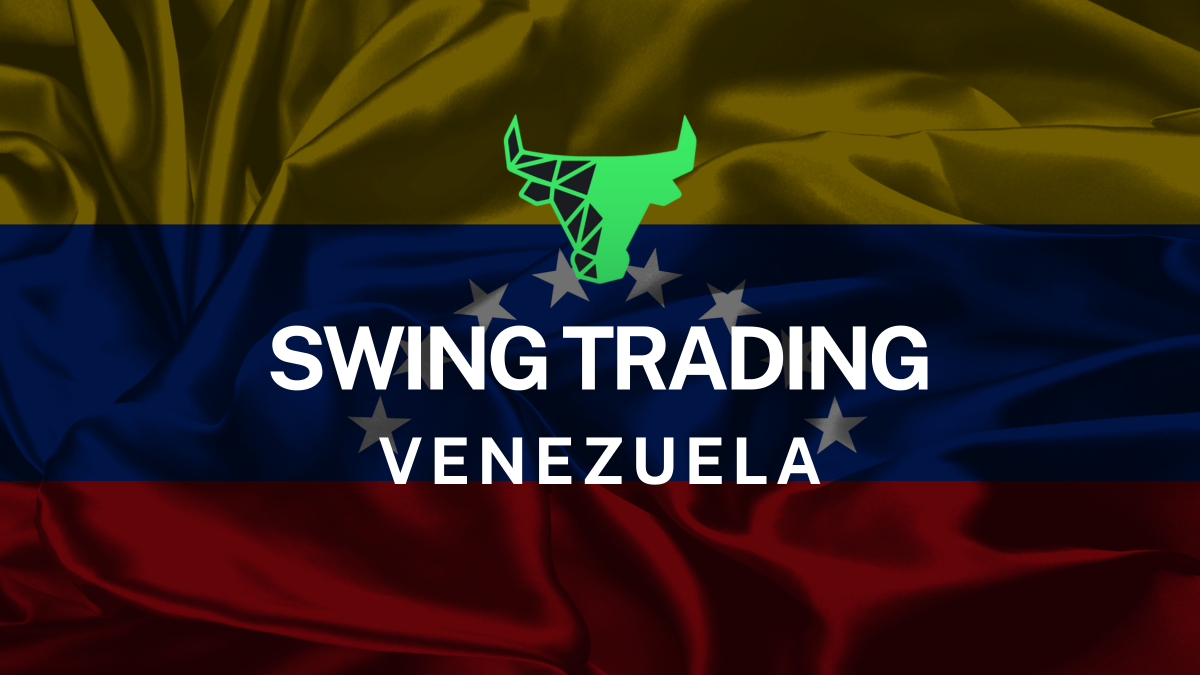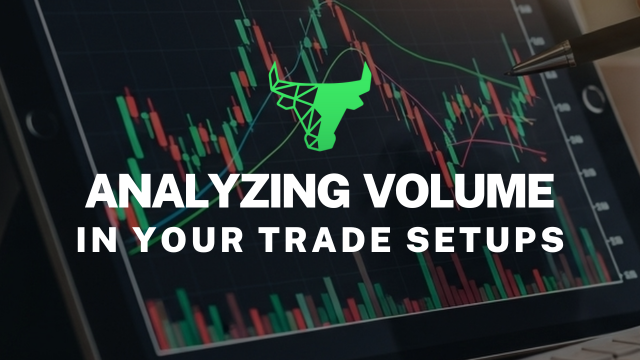The US options exchange started with the founding of the CBOE (Chicago Board Options Exchange) in 1973. At the beginning there were a total of 16 equities that had only call options. In 1977 they began to trade put options. There are now over 5 different exchanges actively trading options.
In 1975 the SEC (Securities and Exchange Commission) approved the OCC (Options Clearing Corporation) with the sole purpose of clearing all US based options. A clearing firm’s job is to facilitate execution by transferring funds, assigning deliveries, and guaranteeing the contracts.
Options were a hit when they first appeared. In 1975 18 million contracts traded. By 1978 that number had more than tripled to 60 million contracts. The increase in contracts continued to climb until the 1987 stock market crash. After the stock market crash investors were still uneasy. In 1991 only 2/3 of the peak level contracts were traded. In 1983 we saw the first options traded on an index, the S&P 500. This was a big development since it was from this that led to the formation of the VIX. The VIX is the volatility index, fear index, based on the prices of S&P 500 options.
Enthusiasm for the options market didn’t return until the 1990s. During these times we saw the introduction of LEAPS (Long-term Anticipation Securities) which allowed investors to buy options that expired over a year. We also saw the formation of the OIC (Options Industry Council) which is a non-profit organization developed to educate people on the risk and benefits of options.

Welcome to Swing Trading the Stock Market Podcast!
I want you to become a better trader, and you know what? You absolutely can!
Commit these three rules to memory and to your trading:
#1: Manage the RISK ALWAYS!
#2: Keep the Losses Small
#3: Do #1 & #2 and the profits will take care of themselves.
That’s right, successful swing-trading is about managing the risk, and with Swing Trading the Stock Market podcast, I encourage you to email me (ryan@shareplanner.com) your questions, and there’s a good chance I’ll make a future podcast out of your stock market related question.
AI is quickly overtaking our everyday life, and in the process changing how we live our life too. But how does AI impact swing trading and what can we use AI for in order to better enhance our trading returns, and perhaps make it a little bit easier too? In this podcast episode, I cover how AI is impacting swing traders, and what it means for the stock market going forward.
Be sure to check out my Swing-Trading offering through SharePlanner that goes hand-in-hand with my podcast, offering all of the research, charts and technical analysis on the stock market and individual stocks, not to mention my personal watch-lists, reviews and regular updates on the most popular stocks, including the all-important big tech stocks. Check it out now at: https://www.shareplanner.com/premium-plans
📈 START SWING-TRADING WITH ME! 📈
Click here to subscribe: https://shareplanner.com/tradingblock
— — — — — — — — —
💻 STOCK MARKET TRAINING COURSES 💻
Click here for all of my training courses: https://www.shareplanner.com/trading-academy
– The A-Z of the Self-Made Trader –https://www.shareplanner.com/the-a-z-of-the-self-made-trader
– The Winning Watch-List — https://www.shareplanner.com/winning-watchlist
– Patterns to Profits — https://www.shareplanner.com/patterns-to-profits
– Get 1-on-1 Coaching — https://www.shareplanner.com/coaching
— — — — — — — — —
❤️ SUBSCRIBE TO MY YOUTUBE CHANNEL 📺
Click here to subscribe: https://www.youtube.com/shareplanner?sub_confirmation=1
🎧 LISTEN TO MY PODCAST 🎵
Click here to listen to my podcast: https://open.spotify.com/show/5Nn7MhTB9HJSyQ0C6bMKXI
— — — — — — — — —
💰 FREE RESOURCES 💰
— — — — — — — — —
🛠 TOOLS OF THE TRADE 🛠
Software I use (TC2000): https://bit.ly/2HBdnBm
— — — — — — — — —
📱 FOLLOW SHAREPLANNER ON SOCIAL MEDIA 📱
*Disclaimer: Ryan Mallory is not a financial adviser and this podcast is for entertainment purposes only. Consult your financial adviser before making any decisions.




